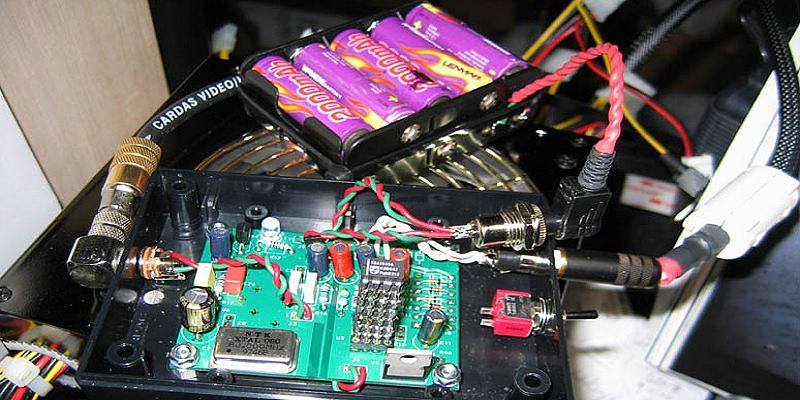
The good thing about IoT is you don’t really need to depend on a company to acquire your favorite smart gadget. Using Raspberry Pi or Arduino boards along with accessories, you can learn how to build these gadgets.
Even if you’re not technology keen, you can learn about topics such as converting your existing television set to a smart TV. On the other hand, if you have a fleeting interest in electronics, there are plenty of exciting DIY projects to explore in IoT.
Here we have a few recommendations that are worth investing time. While there are many ways to create the same project, this article focuses on the common design principles.
1. Air Quality Monitoring System
Worried about PM 2.5, carbon monoxide and PM 10 levels in your surroundings? You should consider an air-quality monitoring system that can accurately keep track of the pollutants.
Components: PM 2.5 and PM 10 sensors, Arduino or Raspberry Pi2 boards, Bluetooth, Ethernet or Wi-Fi modules, mini-breadboards, 5V power supply, jumper wires.
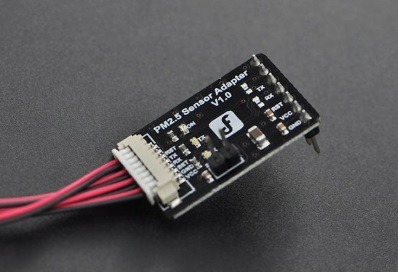
Design: here is one example of a PM 2.5 and PM 10 reading project available at Arduino Project Hub. Specifically, it was built on Windows 10 IoT Core.
As per project description, the developer used a combined PM 2.5 and PM 10 sensor connected to a HC-06 Bluetooth module. You can modify this by introducing a carbon monoxide sensor as well.
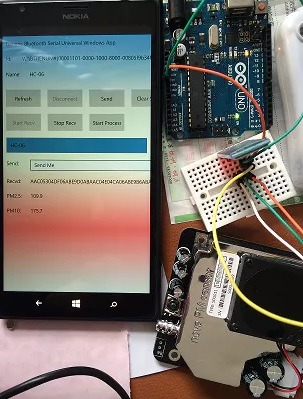
The Bluetooth module was then paired with a Windows 10 phone or laptop. Further, a corresponding code for PM 2.5 and PM 10 is available at GitHub. In this case the code was run from Visual Studio 2015 to give readings of PM 2.5 and PM 10.
2. Garage Door Opener
A garage door opener is a very common IoT project, and you will find several tutorials online for it. You can create a door that slowly opens or shuts on its own after receiving instructions from a smartphone.
Components: Raspberry Pi or Arduino board, Wi-Fi relay switch, GPIO wires, Wi-Fi dongle, breadboard, knowledge of Python or Mu. Electronic gate openers are optional.
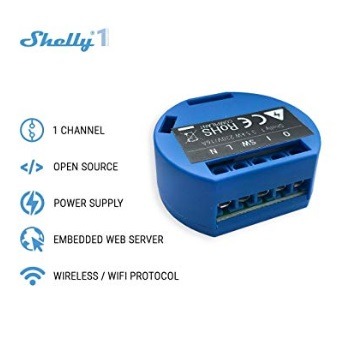
Design: This is one example of a Raspberry Pi garage door design which is complete in the instructions set. As per project description, the developer connects the Raspberry Pi board to the switch. A Wi-Fi dongle blinks to receive instructions from a mobile app. The relay switch connects to the Raspberry Pi and further to two different electronic door openers.
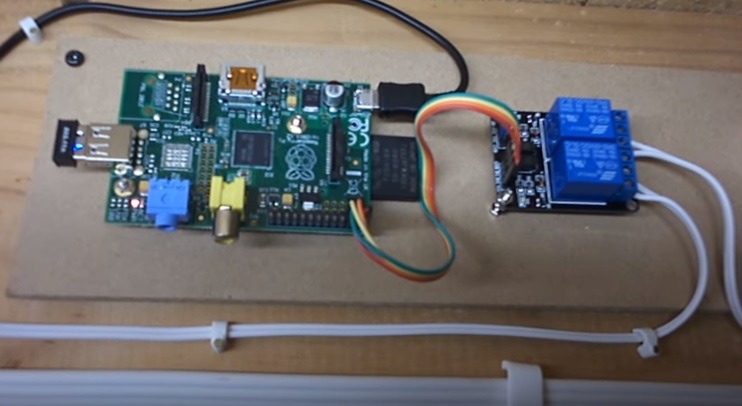
Although the project looks elaborate, it is fairly simple, as the build can be attached to your existing lock. Further, you can also modify this design to configure the devices with your Alexa or Google voice assistant.
3. Smart Mirror
A smart mirror is a regular mirror that displays additional information including text, images and videos. Behind the mirror glass, a flat monitor display converts your mirror to a virtual assistant.
Components: this is a slightly challenging project which would require a proper wooden frame, a mirror glass and a monitor with HDMI-in. The monitor is of the same size as the mirror glass so you will have to cut your mirror glass accordingly. Moreover, a Raspberry Pi module is also essential.
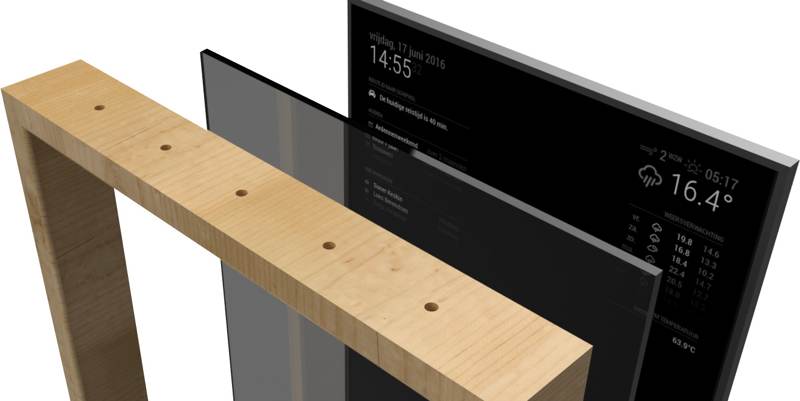
Design: the hardest part is building a mirror the size of your flat monitor and frame. The software side is taken care of using an open-source Magic Mirror project which is very common.
The GitHub project supports clock, calendar, weather, compliments, news feed and other modules that your magic mirror will support. This is a good example of a tutorial on smart mirrors from the GitHub project that provides further instructions.
Conclusion
The three examples provided in this article are some of the most popular ones for IoT enthusiasts.
DIY projects in IoT come with step by step instructions, code libraries and external hardware that go with them. The websites of Raspberry Pi and Arduino are a good starting point to learn more about any other projects that may interest you.
Get the best of IoT Tech Trends delivered right to your inbox!







